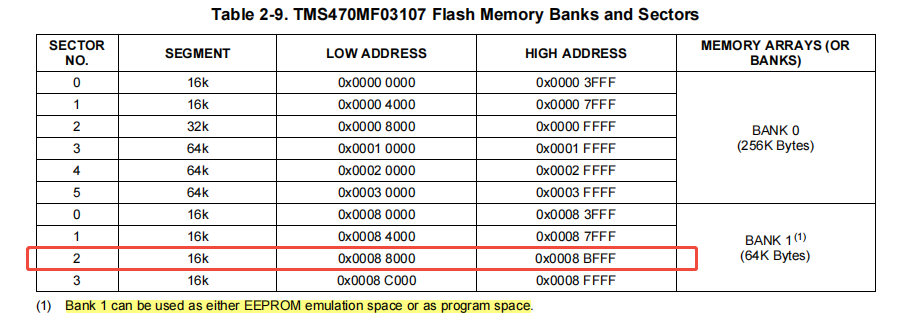Other Parts Discussed in Thread: UNIFLASH
Tool/software:
1、After erasing all and programming certain sectors,theoretically,the erased while not programmed sectors' bits state in FLASH EEPROM should be '1',but now there exists sometimes that the erased sectors' bits state are all '0',not '1',what factors or root reason can cause this phenomena?
2、If the target sectors' bits' states are '0',is it possible that the process of programming followed will fail? If fail can happen, what factors or root reason can cause this phenomena?


